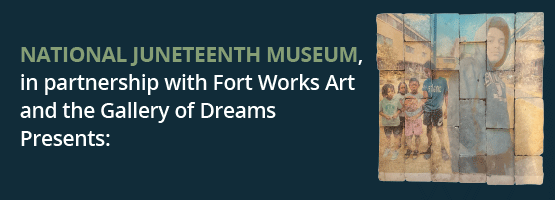There have been (and will be) moments when painting, especially figurative work and portraiture, falls out of fashion in the art world. Now is not one of those times—and women are at the forefront.
“The idea for the show really came together at the beginning of the pandemic, while working from home and not knowing when we were going to be able to get back out into the world,” says Karnes. “As a curator, I think I was taking inventory of some of the ideas that I had had over the last few years.”
Wanting the exhibition to be thematic rather than chronological, Karnes started thinking of women artists from different generations, with the basic exercise of asking, “What is their most compelling painting that features a woman as the subject? And how can I put this all together?”
She knew she would have to choose artists whose careers she knew well, because what she didn’t know was if she’d be able to travel and do studio visits. Keeping an eye out for some fluid themes helped her organize the exhibition in terms of the catalog and the layout of the museum’s galleries.
London-based Critchlow creates small scale portraits of Black women, collapsing art history and contemporary culture into one charged scene. Renaissance-like lighting, Rococo-inspired color, and 1960s boudoir kitsch situate the bulbous bodies and poofy hairstyles of fantastical figures with direct yet flattened gazes.
Gribbon often paints her partner as muse in scenes that hover between intimacy and voyeurism. Like Critchlow, these images of women defy the objectification so rampant in the Western art canon. Here, women embody their agency, in control of who’s watching and who’s showing.
Other works on view depict women alone or in social interactions — abstracted, expressive, collaged, or patterned — amid surreal, picturesque, harsh, or ethereal environments, both private and public. The result is a variegated visual narration of lived experiences across generations and time zones.

1 ⁄6
Somaya Critchlow
Untitled (Pink Hair), 2019
Oil on linen
10 x 8 1/4 inches
Isabella Wolfson Townsley, London
© Somaya Critchlow, Image courtesy the artist and Maximillian William, London

2 ⁄6
Emma Amos
Three Figures, 1967
Oil on canvas
, 60 x 50 inches
The John and Susan Horseman Collection
© Emma Amos, Courtesy RYAN LEE Gallery, New York

3⁄ 6
Hope Gangloff
Queen Jane Approximately, 2011
Acrylic on canvas
66 x 108 inches
Collection of Alturas Foundation, San Antonio, Texas
© Hope Gangloff, Courtesy of the Artist and Susan Inglett Gallery, NYC

4 ⁄6
Arpita Singh
My Mother, 1993
Oil on canvas
54 x 72 inches
From the Collection of Sharad and Mahinder Tak
© Arpita Singh
Photo courtesy Kiran Nadar Museum of Art and Talwar Gallery

5 ⁄6
Hayv Kahraman
The Tower, 2019
Oil on linen
104 1/8 x 79 1/8 inches
© Hayv Kahraman, Courtesy of the Artist and Jack Shainman Gallery, New York

6 ⁄6
Amy Sherald
A Midsummer Afternoon Dream, 2020
Oil on canvas, 106 x 101 inches
Private collection
© Amy Sherald. Courtesy the Artist and Hauser & Wirth, Photo by Joseph Hyde
Women Painting Women also offers museum visitors the chance to see three works recently acquired by The Modern that are now in the collection, debuting with the show: Susan Rothenberg’s painting Mary III (1974) and Lorna Simpson’s Murmur (2019) and Black Darkness (2019). Mary III is quintessentially Rothenberg. An earthy mauve-colored, brush-stroked ground is inseparable from its subject matter—here, a crouching nude woman—save for the pale gestural line that outlines the form and one that splits the image in two.
That shift in perspective, a bringing to the surface, offers some insight into the inherent complexities and possibilities of the exhibition theme itself. Here, the term “women” is as fluid as identity itself. Karnes explains that the exhibition casts a wide and representative net to include trans women or femme-identifying people.
“Having the word woman in the title could be perceived as a pigeonhole. But, on the other hand, the definition of a woman is being liberated from its binary terms. Gender, sexuality, queerness, race — and identity in general are addressed by these artists,” says Karnes.
—NANCY ZASTUDIL




